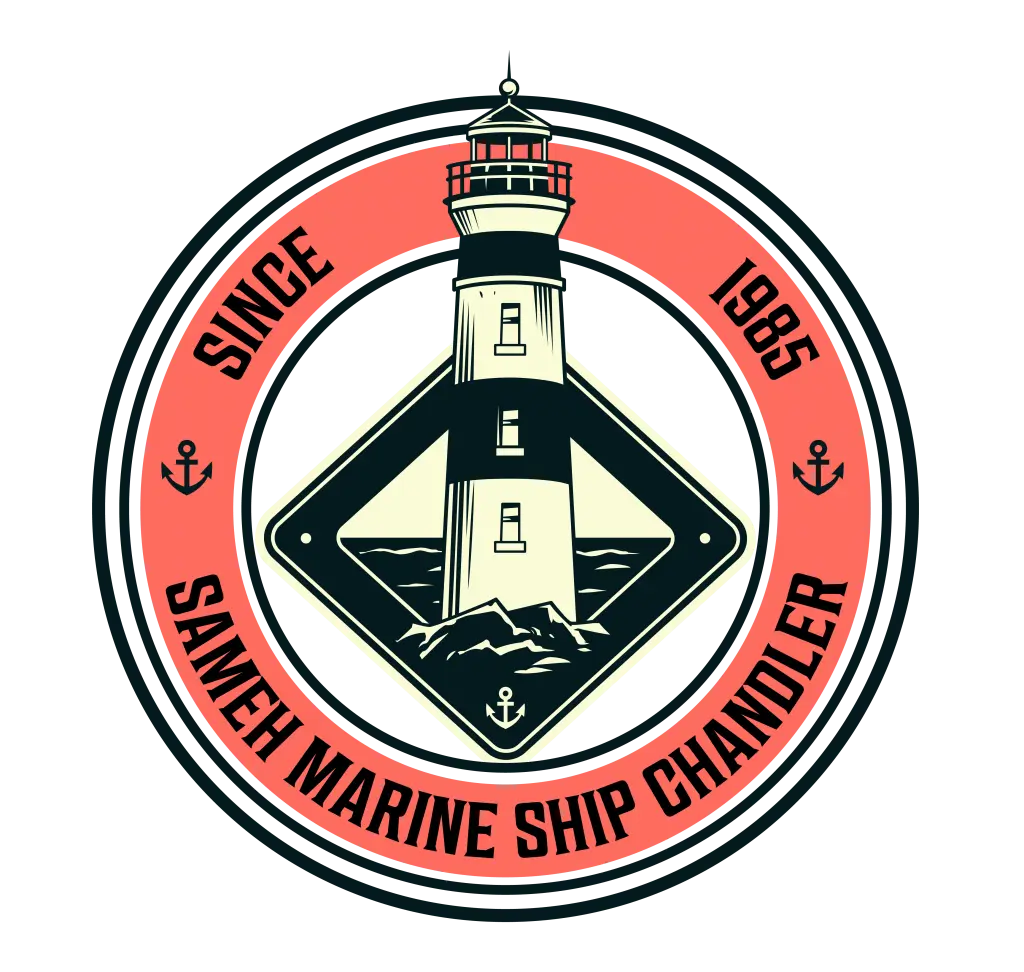In offshore operations, it is essential to ensure the integrity of the ship. The submarine is often invisible but important and plays an important role between the ship and its surroundings. Regular review of these key elements is not only a best practice; It is an important aspect of marine safety, efficiency and environmental management.
Understanding Regular Underwater Hull Inspection(أهمية تفتيش قاع القارب بانتظام)
Regular Underwater Hull Inspection(أهمية تفتيش قاع القارب بانتظام) refers to the physical examination of an underwater vessel. This process involves assessing the ship’s structural integrity, layers and potential impact to ensure ongoing safety and compliance with regulatory standards.
In the maritime industry, ships of all types and sizes, including ships, boats, and submarines, are inspected underwater. These inspections are managed by regulatory bodies such as the International Maritime Organization (IMO) and classification societies such as Lloyd’s Register and the American Bureau of Shipping (ABS).
The Importance of Hull Integrity
The hull is the basic structure of the ship and provides stability, ability to float, and external protection. Maintaining the integrity of a ship is critical to ship operations, crew safety, and environmental sustainability.
A damaged ship can cause many problems, including reduced fleet performance, safety issues, and environmental hazards. Destruction of the ship leads to submersion, contamination of cargo, and pollution, posing a major risk to marine ecosystems and coastal communities.
Also learn Professional Diving Services in Egypt
Essential Components of an Underwater Boat Inspection
A Regular Underwater Hull Inspection requires a full assessment of the condition of the vessel, including:
- Corrosion: The assessment checks for metal deterioration caused by exposure to seawater and environmental factors.
- Biofouling: Analysis of the composition of marine organisms on hull surfaces that can increase resistance and fuel consumption.
- Structural Defects: Identifies cracks, deformations, and welding defects that affect the integrity of the body.
- Coating Condition: Control the process to prevent rust and ensure a smooth shell.
Inspection can be accomplished with a variety of techniques and tools, including advanced technology such as visual inspection, remotely operated vehicles (ROVs), and sonar systems.
Frequency and Timing of Inspections
The frequency of Regular Underwater Hull Inspections(أهمية تفتيش قاع القارب بانتظام) depends on many factors such as ship type, operation, and management. Generally speaking, ships are inspected periodically, usually in conjunction with shipyard or berthing times.
Routine inspections detect potential problems early and take immediate corrective action to prevent costly repairs, such as ship repair, and wasted time. Performing periodic inspections to ensure compliance with industry standards and regulatory requirements improves safety and efficiency in offshore operations.
Benefits of Regular Underwater Hull Inspections
A summer underwater Hull Inspection has many benefits, including:
- Mitigation: Reduces risk fate associated with the vessel, including operational failure, environmental conditions, and management failure.
- Cost Savings: Early detection of defects and preventive maintenance to reduce total maintenance costs and operating costs.
- Efficiency: Increase ship performance and fuel efficiency by optimizing flow and hydrodynamic properties.
- Environmental Protection: Prevent pollution and protect marine ecosystems by taking care of the ship and complying with environmental regulations.
Challenges and Decisions
Despite the importance of underwater analysis, several challenges and decisions need to be addressed:
- Accessibility: Low visibility and accessibility in the underwater environment can affect analysis results, requiring specialized equipment and safety-trained personnel.
- Technological Advances: Integrated technology and predictive maintenance strategies can improve analysis and overcome limitations.
- Regulatory Compliance: Complying with ever-changing regulations requires ongoing education, certification, and adherence to industry best practices.
Lessons Learned and Success Stories
Real-life examples determine the benefits of underwater scanning to ensure ship security design, operational reliability, and environmental safety. The research shows the steps maritime stakeholders are taking to prioritize ship maintenance and reduce risks.
Conclusion
In summary, the importance of Regular Underwater Hull Inspection(أهمية تفتيش قاع القارب بانتظام) in the maritime industry cannot be ignored. Ship owners, seafarers and those involved in the maritime industry promote the highest standards of good work, environmental management, and compliance, growing the integrity and safety of the ship. Thanks to inspection and maintenance practices, ships can sail safely, powerfully, and steadily at sea.
By meeting with a culture of safety and continuous improvement, the maritime community will ensure the longevity and success of the global maritime industry for future generations.
